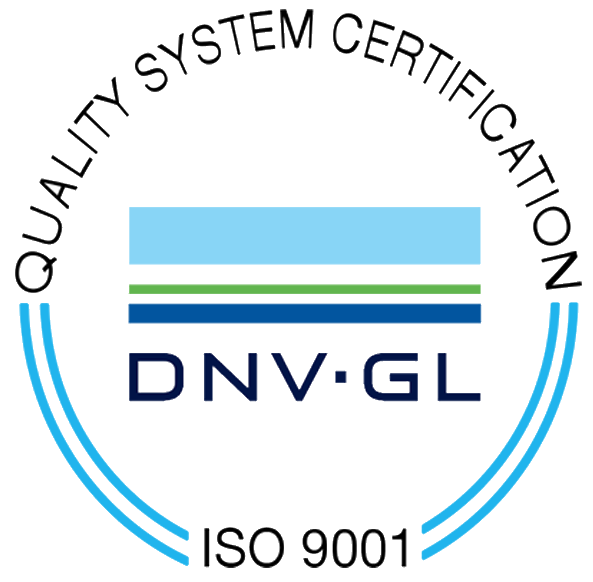Marine grade aluminum foam sheet plate
Marine grade aluminum foam sheet plate has the characteristics of good fire resistance, flame retardant, moisture-proof and dust-free, which solves the problem of traditional sound-absorbing materials easily absorbing moisture.
Marine-grade aluminum foam panels are a specialized material designed specifically for marine applications where corrosion resistance, lightweight properties and structural integrity are critical.
Marine foam panels appear to offer an innovative solution to the problem of ship cabin noise. This kind of board has various properties, such as light weight, good sound absorption performance, fire resistance, flame retardant, moisture-proof, non-toxic powder, etc. These properties are very important in the ship environment. By using this kind of board, cabin noise can be effectively reduced.
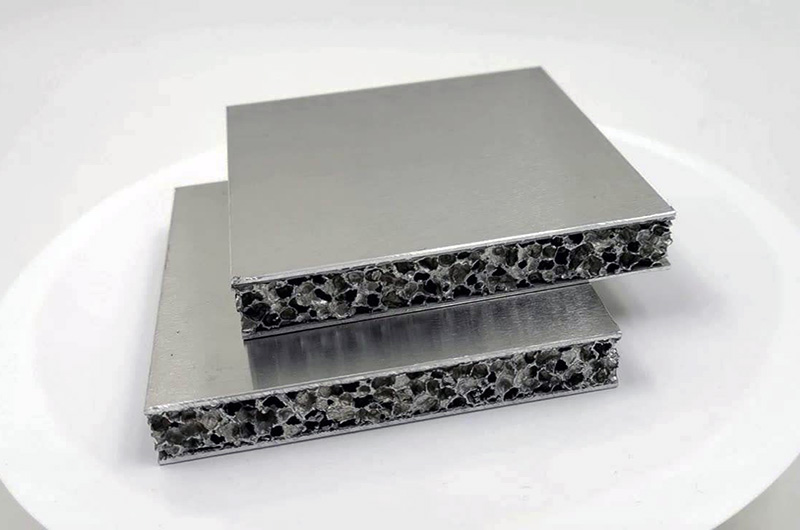
Marine grade aluminum foam panels typically use alloys such as 5052 or 5083. Known for their excellent corrosion resistance, these alloys are ideal for marine applications where they are frequently exposed to salt water and harsh environmental conditions. In addition, these alloys offer good weldability and formability, which are important properties for manufacturing marine components.
Marine grade aluminum foam sheet plate composition and structure
The structure of foam board consists of a network of interconnected pores or voids within an aluminum matrix. This foam structure imparts lightweight properties while maintaining strength and rigidity.
In the shipbuilding industry, Marine grade aluminum foam sheet plates are divided into open-cell and closed-cell aluminum foam sheets, which vary in application due to their unique properties.
Marine grade aluminum foam sheet plate specifications and characteristics
- Density: 0.25g/cm3 - 0.75g/cm3
- Porosity: 75% - 90%
- Aperture: evenly distributed 1-10mm, aperture 4 - 8mm
- Compressive strength: 3Mpa - 17Mpa
- Bending strength: 3Mpa - 15Mpa
- Strength bearing ratio: the mass can reach more than 60 times
- Other features: fire-proof, non-combustible, no toxic gases, corrosion-resistant, long service life
- Product specifications: 2400mm*800mm*H or customized according to customer requirements

Typical Marine grade foam aluminum plate
Open-cell aluminum foam is typically made from high-grade aluminum alloys through a foaming process that involves introducing air bubbles into molten aluminum.
It contains interconnected pores throughout its structure.
Marine grade through hole aluminum foam
Marine grade open cell foam aluminum construction
The interconnected pores create a network of voids within the material, giving it a spongy appearance.
This structure provides excellent energy absorption and buoyancy properties.
Marine grade open cell aluminum foam applications
- Buoyancy Aids: Open-cell aluminum foam can be used to construct buoyancy aids and flotation devices. Its high buoyancy-to-weight ratio makes it ideal for applications requiring lightweight buoyancy.
- Impact Absorption: Its ability to absorb impact energy makes it suitable for use in marine fenders, which protect ships and structures from collisions.
- Thermal Insulation: Open-cell aluminum foam can also be used for thermal and acoustic insulation in marine applications, providing temperature regulation and sound insulation properties.
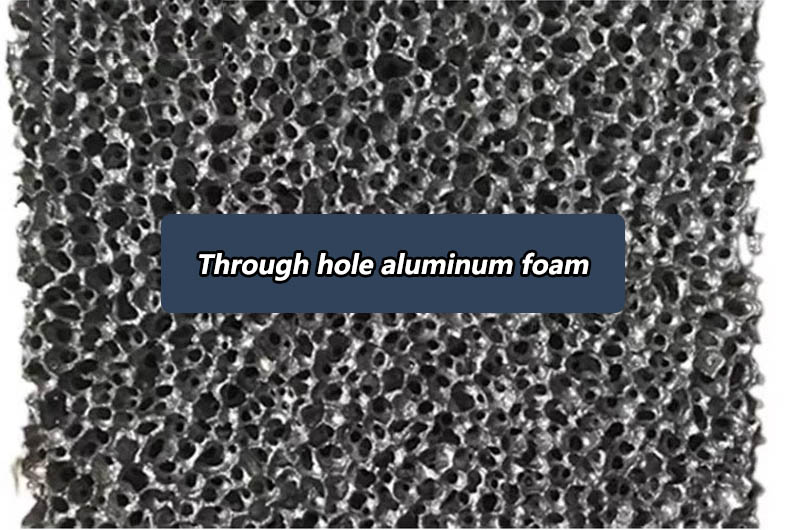
Marine grade closed cell aluminum foam
Closed-cell aluminum foam is also made from a high-grade aluminum alloy but undergoes a different foaming process in which air bubbles are trapped within individual cells.
It contains individual, sealed pores, giving it a sturdier appearance than open-cell foam.
Marine grade closed cell foam aluminum construction
Closed cell structures consist of independent and separate pores, each pore enclosed within its own cell wall.
This structure provides high strength and stiffness, making it more suitable for structural applications.
Marine grade closed cell aluminum foam applications
- Structural components: Closed-cell aluminum foam can be used to build lightweight structural components such as bulkheads, decks and hull reinforcements. Its combination of strength and light weight makes it attractive for reducing the overall weight of marine structures without compromising structural integrity.
- Corrosion Resistance: The aluminum alloy used in closed-cell foam has excellent corrosion resistance, making it suitable for marine environments where there is frequent exposure to salt water and harsh conditions.
- Ballast and weight reduction: Closed-cell aluminum foam can also be used as ballast material or to reduce ship weight, improving fuel efficiency and maneuverability.
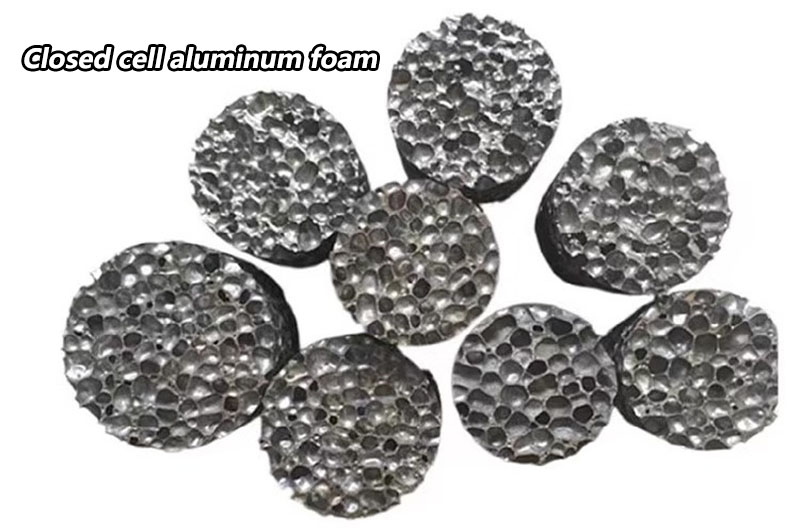
Although both open-cell and closed-cell aluminum foam have applications in the marine industry, their different compositions and structures allow them to serve different functions.
Open-cell foam excels in buoyancy, impact absorption and thermal insulation.
Closed-cell foam is prized for its strength, stiffness and corrosion resistance, making it a valuable material for a variety of marine applications.
Marine-grade aluminum foam panels are typically made from a high-quality aluminum alloy, typically the 5000 or 6000 series, which provides excellent corrosion resistance even in harsh marine environments.
Marine grade aluminum foam sheet plate performance and advantages
- The best energy-absorbing material, five times the energy-absorbing effect.
- Flame retardant and heat insulation, the highest flame retardant level.
- Sound-absorbing and sound-insulating, the only flame-retardant and moisture-proof sound-absorbing material.
- Non-magnetic high power electromagnetic shielding material.
- Buoyancy: The inherent buoyancy of aluminum foam makes it suitable for buoyancy applications such as floating structures, buoys and marine flotation devices.
- High performance, reduced weight.
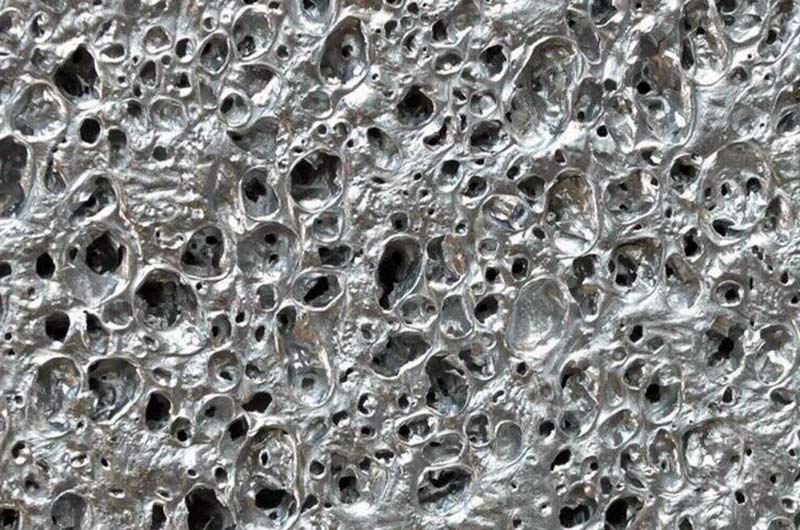
Marine grade aluminum foam plate applications
Marine grade aluminum foam panels offer a variety of specific applications in marine structures due to their unique properties.
- 1. Noise reduction in the cabin: In addition to structural applications, foam aluminum panels also help reduce noise in the cabin. By absorbing and dampening sound waves, these panels help create a quieter environment for crew members.
- 2. Bulkhead: Marine-grade foam aluminum panels can be used to build bulkheads, which are structural partitions that separate cabins within a ship. These panels provide strength and corrosion resistance while reducing overall weight.
- 3. Deck and floor: Foam aluminum panels are suitable for use as deck and floor materials for ships. Their lightweight nature helps reduce a vessel's topside weight, improving stability and fuel efficiency.
- 4. Hull structure: These plates can be integrated into the hull structure, helping to reduce weight and resist corrosion. They provide structural integrity while minimizing the risk of corrosion in marine environments.
- 5. Superstructure: Foam aluminum panels are used to build the superstructure of ships, including cabins, bridge decks and other deck structures. Their lightweight nature helps reduce the overall weight of the vessel while maintaining structural integrity.
- 6. Internal Partitions: Inside ships, marine-grade aluminum foam panels can be used to build partitions, bulkheads and other internal structures. Their corrosion resistance ensures a long service life, even in humid or salty conditions.
Marine-grade aluminum foam panels have a variety of applications in ship structures, providing a balance of strength, corrosion resistance and lightweight properties critical to marine environments.
Marine grade aluminum foam sheet plate manufacturing process
The manufacturing process typically involves a combination of techniques such as powder metallurgy, foam replication and casting.
Foam replication technology involves using a blowing agent to create a foam precursor, which is then infiltrated into an aluminum matrix. This process allows precise control of foam structure and properties.
- 1. Aluminum material preparation: First, start with high-purity aluminum material. This may include aluminum alloys, often used for strength and corrosion resistance. Aluminum material needs to be properly machined to ensure it conforms to the required size and shape.
- 2. Foam generation: A common method is to use a foaming agent to squeeze the gas in the aluminum material to form bubbles. This can be achieved by adding a foaming agent to the aluminum material and processing it under high temperature and pressure. Another method is to introduce gas into the aluminum material and then form a foam structure through appropriate heating and processing.
- 3. Compression and shaping: Foam aluminum panels are usually made into the desired plate shape by compressing foam aluminum blocks under high pressure. This process can be accomplished using a compressor or similar device. After compression, aluminum foam panels can be further processed into the desired size and shape.
- 4. Surface treatment: Marine grade aluminum foam panels are usually required to have excellent corrosion resistance. Therefore, various surface treatments such as anodizing, spraying or covering with protective coatings can be used to enhance its corrosion resistance and weather resistance.
- 5. Quality inspection and testing: After manufacturing is completed, aluminum foam panels usually need to be quality inspected and tested to ensure that they meet the required technical specifications and performance requirements. This may involve testing the physical properties, chemical properties and corrosion resistance of the panels.

